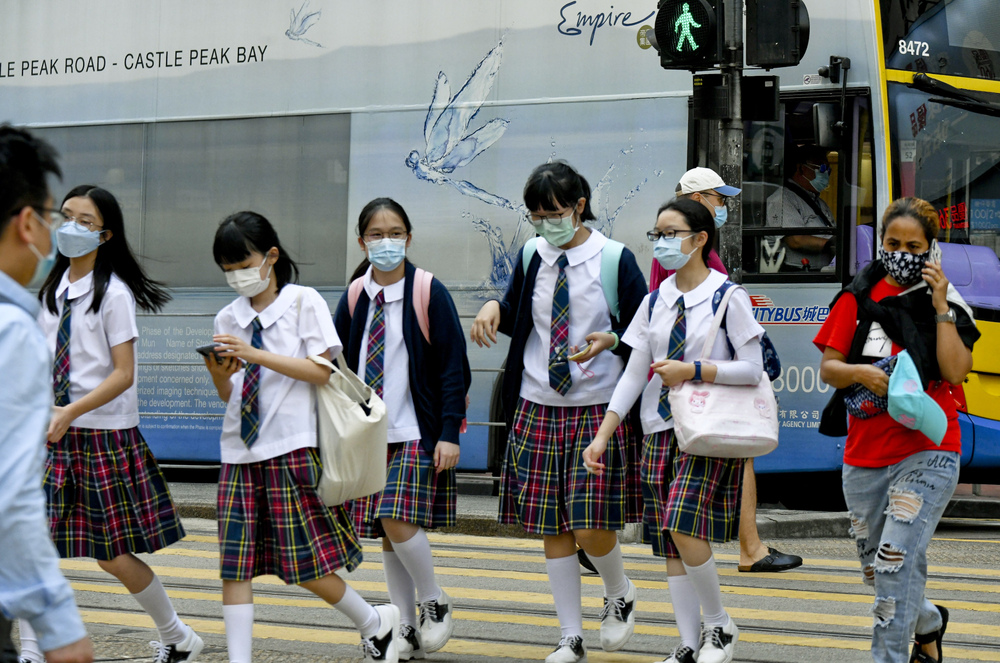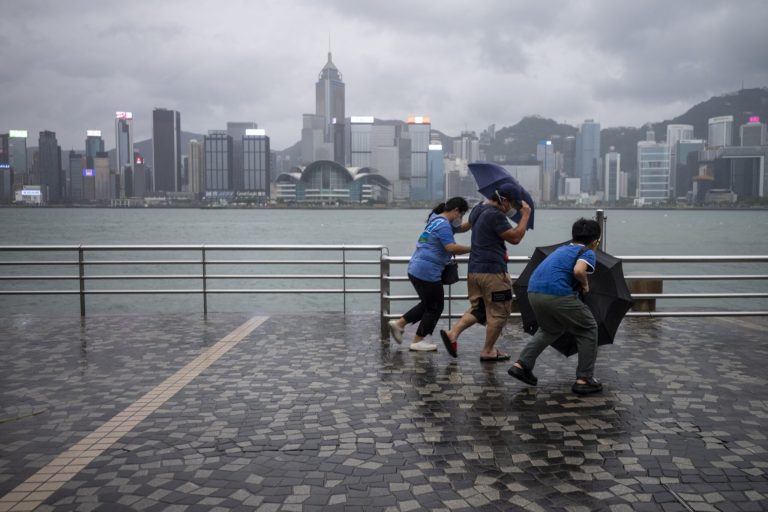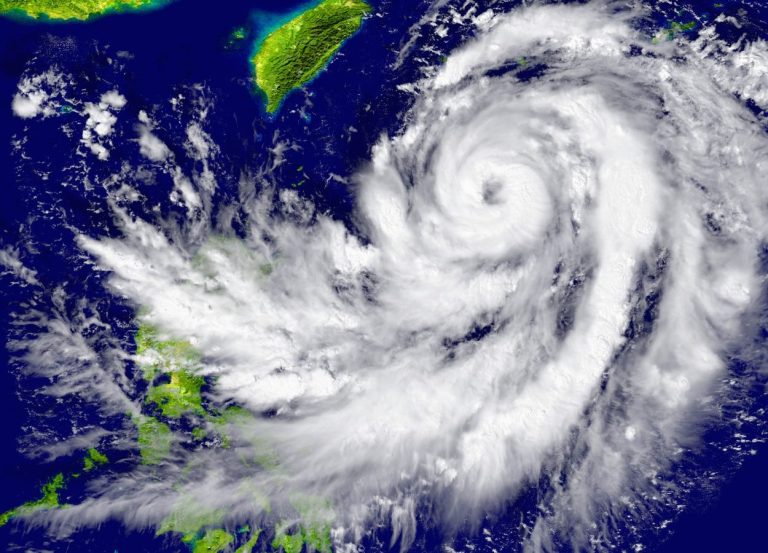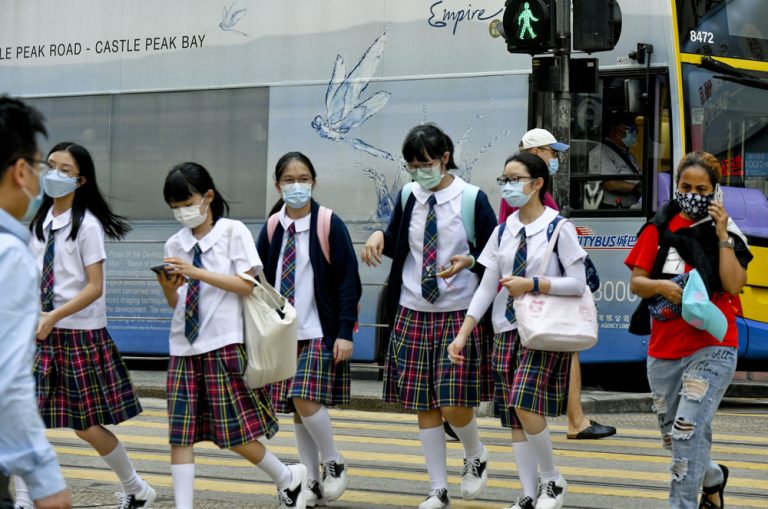Hong Kong is experiencing an extraordinary flu season that’s challenging traditional understanding of viral transmission and pushing health authorities to rethink vaccination strategies. With over 450 school outbreaks since the new academic term began, the city finds itself navigating an unprecedented public health landscape.
The surge is particularly pronounced in primary schools, where more than half of the reported outbreaks are concentrated. This concentration highlights the heightened vulnerability of younger students to the current influenza strain. On a recent Tuesday morning in Tuen Mun, the impact was visibly evident, with numerous primary school students donning face masks as a protective measure.
The root of this unusual outbreak traces back to the lingering effects of the Covid-19 pandemic. Edmund Lam Wing-wo, a member of the government’s Scientific Committee on Vaccine Preventable Diseases, explains that the pandemic has fundamentally disrupted typical flu seasonal patterns. “After Covid, the influenza pattern has become disordered and sometimes unpredictable,” Lam noted, emphasizing how the current outbreak has coincidentally aligned with the start of the school year.
A critical factor contributing to the surge is the timing of vaccine immunity. By September, protection from the previous season’s flu vaccine typically begins to wane, creating a vulnerable “gap in protection” before the new vaccination program is fully implemented. This timing challenge has prompted Lam to advocate for a comprehensive review of the current vaccination strategy.

The Centre for Health Protection (CHP) has responded proactively, issuing a strong advisory urging schools and parents to ensure students receive the seasonal influenza vaccine as quickly as possible. They’ve also emphasized the importance of seeking prompt medical attention for anyone developing flu-like symptoms, recognizing early intervention as crucial in preventing widespread transmission.
Lam’s recommendations extend beyond immediate vaccination. He suggests a nuanced approach that balances early vaccination with considerations of long-term immunity. “The principle should be to vaccinate as early as possible,” he explained, “but we also need to discuss how to handle the potential scenario of early vaccination leading to waning immunity by next summer.”
This situation represents more than just a localized health challenge. It serves as a broader indicator of how global health dynamics have shifted in the post-pandemic era. Viral transmission patterns that were once predictable now require more dynamic and adaptive public health responses.
For Hong Kong residents, the message is clear: stay informed, take preventive measures, and remain vigilant. Wearing masks, maintaining good hygiene, and staying updated on vaccination recommendations can significantly mitigate risks. The city’s experience underscores the importance of proactive health strategies, particularly in protecting vulnerable populations like schoolchildren.
The current flu season in Hong Kong is a stark reminder of the complex and dynamic nature of public health in our interconnected world. By understanding these challenges and responding collaboratively, communities can effectively navigate emerging health challenges.











